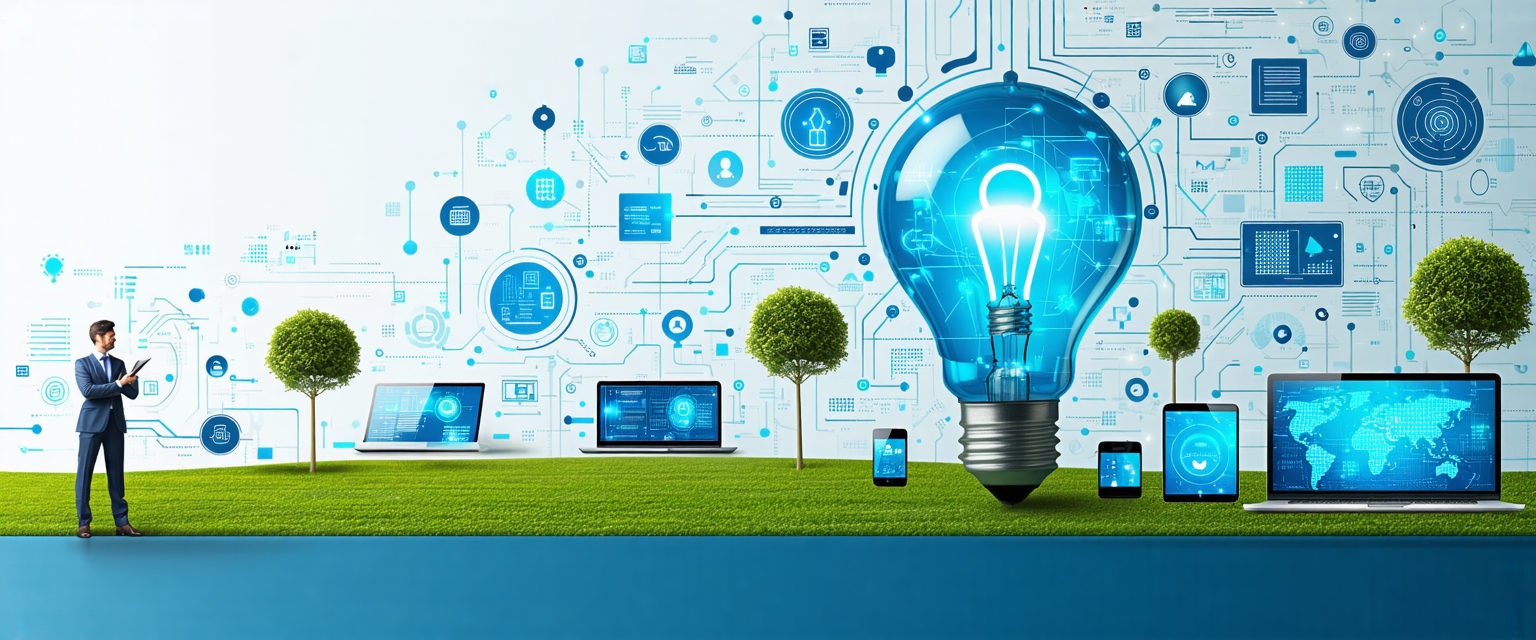






The Internet of Things (IoT), the network of interconnected physical objects embedded with sensors, software, and other technologies, has evolved from a futuristic concept to a ubiquitous reality. Its growth stems from converging advancements in computing power, miniaturization, wireless communication, and data analytics. This evolution brings both transformative opportunities and significant challenges.
Early forms of IoT emerged with the development of embedded systems and the rise of the internet. However, the true explosion of IoT devices began in the late 2000s and early 2010s, fueled by the proliferation of affordable sensors, the advancement of mobile broadband, and the increasing affordability and accessibility of cloud computing. This allowed for a massive expansion of data collection and connectivity at scale.
Early applications focused on simple remote monitoring. However, IoT rapidly expanded into a broad range of industries, encompassing smart homes, wearables, industrial automation, and transportation.
Recent advancements include the rise of low-power wide-area networks (LPWANs), enabling long-range communication for IoT devices with minimal power consumption. This is crucial for deploying IoT in remote locations or environments where battery replacement is difficult. Furthermore, improvements in artificial intelligence (AI) and machine learning (ML) enable more sophisticated data analysis and predictive capabilities, leading to more efficient and insightful applications.
The integration of edge computing, where data processing happens closer to the source, reduces latency and improves responsiveness for time-sensitive applications. The development of more secure hardware and software solutions is actively addressing long-standing security concerns.
According to Gartner (source: Gartner, 2023 IoT Predictions), the global number of connected IoT devices will exceed 30 billion by 2026. This growth will continue to be driven by increased adoption across various sectors, from manufacturing and healthcare to agriculture and smart cities. IDC (source: IDC, 2023 Global IoT Spending Guide) projects substantial spending growth in the IoT market, with significant investments in infrastructure and applications.
However, industry experts consistently highlight security concerns as a major impediment to further expansion. For example, Bruce Schneier, renowned cryptographer and security expert (various publications and interviews), repeatedly emphasizes the need for stronger security protocols and regulations to mitigate risks like data breaches and unauthorized access.
The opportunities presented by IoT are immense, including increased efficiency, enhanced productivity, improved decision-making, and new business models. However, risks such as data privacy breaches, security vulnerabilities, and ethical considerations must be carefully addressed. Developing robust security standards and regulations is crucial to foster trust and public acceptance.
The future of IoT hinges on addressing these challenges. The integration of blockchain technology for enhanced security and greater transparency, the development of more sustainable and energy-efficient devices, and further advancements in AI and edge computing will shape its evolution.
“`